Home>Garden Essentials>How To Grow Banana Peppers From Seeds
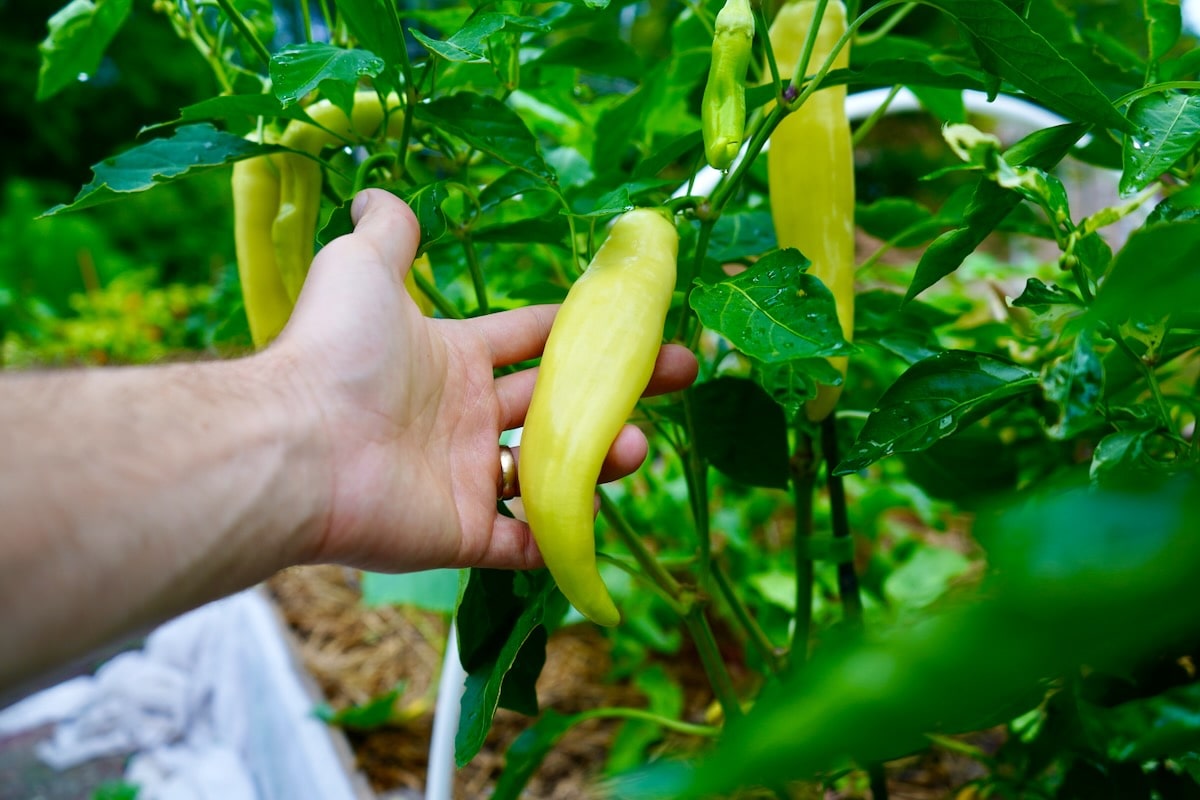

Garden Essentials
How To Grow Banana Peppers From Seeds
Modified: August 17, 2024
Learn how to grow banana peppers from seeds in your garden and enjoy a bountiful harvest. Discover expert tips and techniques for successful cultivation.
(Many of the links in this article redirect to a specific reviewed product. Your purchase of these products through affiliate links helps to generate commission for Storables.com, at no extra cost. Learn more)
Introduction
Welcome to the world of gardening and the exciting adventure of growing your own banana peppers from seeds! Whether you’re a beginner or a seasoned gardener, cultivating your own edible plants can be a rewarding and fulfilling experience. And what better way to spice up your garden and your meals than with vibrant and flavorful banana peppers?
Banana peppers are a popular choice for home gardeners due to their mild, tangy flavor and versatile uses in various dishes. These peppers are typically elongated and come in vibrant shades of yellow and green, adding a pop of color to your garden and culinary creations.
Not only are banana peppers delicious, but they also offer a myriad of health benefits. These peppers are low in calories and rich in vitamins A and C, as well as antioxidants, which help boost your immune system. They also contain capsaicin, a compound known for its pain-relieving and metabolism-boosting properties.
Now that you’re aware of the wonderful benefits of growing banana peppers, let’s dive into the process of selecting and growing your own from seeds. By following these steps, you’ll be well on your way to enjoying a bountiful harvest of homegrown banana peppers.
Key Takeaways:
- Growing banana peppers from seeds offers flavorful, colorful, and nutritious benefits. With proper care, you can enjoy a bountiful harvest and elevate your culinary creations with homegrown peppers.
- Harvesting and preserving banana peppers allows you to enjoy their delightful flavors year-round. Experiment with refrigeration, freezing, pickling, drying, or canning to savor your homegrown peppers in various dishes.
Read more: How To Grow A Banana Tree From Seed
Benefits of Growing Banana Peppers
Growing banana peppers in your garden can offer a multitude of benefits. Here are a few reasons why you should consider adding these flavorful peppers to your vegetable patch:
- Flavorful Culinary Ingredient: Banana peppers add a tangy and mildly spicy kick to a variety of dishes. They can be used fresh in salads, sandwiches, and salsas, or pickled to create a delicious and zesty condiment. Growing your own banana peppers ensures you have a fresh supply of this versatile ingredient whenever you need it.
- Colorful Addition to Your Garden: With their bright yellow and green hues, banana peppers are visually appealing and can enhance the aesthetics of your garden. They make for an eye-catching display alongside other plants and vegetables, adding a vibrant touch to your outdoor space.
- Nutritional Value: Banana peppers are packed with essential vitamins and minerals. They are a rich source of vitamin C, which strengthens the immune system and promotes overall health. Additionally, they contain vitamin A, which is crucial for maintaining good vision and healthy skin.
- Low-Maintenance and Easy to Grow: Banana peppers are relatively low-maintenance plants, making them an excellent choice for beginners or those with limited gardening experience. They are known for being resilient and adaptable, requiring minimal care to thrive.
- Bountiful Harvest: Banana pepper plants are prolific producers, yielding an abundant harvest throughout the growing season. With proper care and management, you can enjoy a continuous supply of fresh peppers to savor and share with friends and family.
- Cost-Effective Option: Growing your own banana peppers can save you money in the long run. Instead of constantly purchasing them from the grocery store, you can simply step into your garden and harvest the peppers whenever you need them. This allows you to reduce your grocery expenses and enjoy the satisfaction of homegrown produce.
Now that you’re aware of the various benefits of growing banana peppers, it’s time to learn how to select the best seeds for your garden.
Selecting Banana Pepper Seeds
When it comes to selecting banana pepper seeds, there are a few factors to consider to ensure a successful and productive gardening experience. Follow these tips to choose the best seeds for your garden:
- Variety: Banana peppers come in different varieties, each offering unique flavors and characteristics. Consider whether you prefer a mild or hot variety and choose accordingly. Some popular banana pepper varieties include the Sweet Banana, Hungarian Wax, and Hot Banana.
- Seed Source: Purchase your banana pepper seeds from a reputable source to ensure their quality and viability. Look for seed packaging that is labeled with the date of production, as fresher seeds tend to have a higher germination rate.
- Organic Options: If you prefer to grow your plants organically, seek out organic banana pepper seeds. These seeds are produced without the use of synthetic pesticides or fertilizers, aligning with eco-friendly gardening practices.
- Hybrid vs. Heirloom: Decide whether you want to grow hybrid or heirloom banana peppers. Hybrid seeds are a cross between different varieties and offer specific traits, such as disease resistance. Heirloom seeds, on the other hand, are open-pollinated and often preferred for their historical significance and unique flavors.
- Seedling vs. Direct Sowing: Depending on your gardening preferences and climate, you can choose to start your banana peppers from seedlings or sow them directly in the garden. If you’re a beginner or have a short growing season, starting with seedlings can give your plants a head start.
- Seedling Quality: If you decide to purchase seedlings, inspect them carefully before making a selection. Choose healthy plants with sturdy stems and vibrant leaves. Avoid seedlings that appear weak, damaged, or wilted.
By paying attention to these factors, you can ensure that you select high-quality banana pepper seeds that are well-suited for your garden. Once you have your seeds in hand, it’s time to prepare the growing environment for your banana peppers.
Preparing the Growing Environment
Creating the right growing environment is essential for the success of your banana pepper plants. Follow these steps to prepare your garden or containers for optimal growth:
- Location: Choose a sunny spot in your garden that receives at least 6-8 hours of direct sunlight daily. Banana peppers thrive in warm temperatures, so ensure the location provides adequate warmth and shelter from strong winds.
- Soil Preparation: Banana peppers prefer well-draining soil with a pH level between 6.0 and 7.0. Amend the soil with organic matter, such as compost or aged manure, to improve its fertility and drainage. Remove any weeds or debris from the planting area to minimize competition for nutrients and water.
- Container Selection: If you’re growing banana peppers in containers, choose pots with drainage holes to prevent waterlogging. Use a lightweight potting mix that is specifically formulated for vegetable plants. Ensure the container is large enough to accommodate the root system and has sufficient space for the plant to grow.
- Spacing: When planting banana peppers, provide adequate spacing between the plants to allow for proper air circulation and minimize the risk of disease. Space the plants approximately 18-24 inches apart in rows that are 24-36 inches apart.
- Watering: Before planting, ensure that the soil or potting mix is moist. Banana peppers require regular watering to keep the soil consistently moist, but avoid overwatering, as excessive moisture can lead to root rot. Consider using a drip irrigation system or a soaker hose to provide deep, even watering.
- Mulching: Apply a layer of organic mulch, such as straw or wood chips, around the banana pepper plants. Mulching helps regulate soil temperature, suppresses weed growth, and retains moisture, reducing the need for frequent watering.
By properly preparing the growing environment, you provide a solid foundation for your banana pepper plants to thrive. The next step is to plant the banana pepper seeds with care and precision.
Planting Banana Pepper Seeds
Now that you have prepared the growing environment, it’s time to plant your banana pepper seeds. Follow these steps to ensure successful germination and healthy plant development:
- Timing: Start planting your banana pepper seeds indoors 8-10 weeks before the last expected frost date in your area. This will give the plants enough time to establish before transplanting them outdoors.
- Seed Starting Containers: Fill seed trays or small pots with a good quality seed-starting mix. Moisten the mix before planting to ensure proper moisture levels for germination.
- Seed Planting: Plant the banana pepper seeds ¼ inch deep in the seed-starting mix. Space the seeds around 2 inches apart to allow room for growth. Gently press the seeds into the mix to ensure good seed-to-soil contact.
- Watering: After planting the seeds, water the trays or pots thoroughly to ensure the soil is evenly moist. Use a gentle watering technique, such as misting or bottom watering, to avoid disturbing the seeds.
- Germination: Place the seed trays or pots in a warm location, ideally with temperatures around 75-85°F (24-29°C). Cover them with a plastic dome or plastic wrap to create a humid environment and promote germination. Keep the soil moist, but avoid overwatering.
- Transplanting: Once the seedlings have developed 2-3 sets of true leaves and all chances of frost have passed, it’s time to transplant them outdoors. Harden off the seedlings by gradually exposing them to outdoor conditions over the course of a week.
- Outdoor Planting: Choose a calm, overcast day to transplant the seedlings into the prepared garden bed or containers. Dig a hole slightly larger than the root ball of the seedling and gently place it in the hole. Backfill the hole with soil, firming it gently around the base of the plant.
- Mulching and Watering: Apply a layer of mulch around the seedlings to help retain moisture and suppress weed growth. Water the plants thoroughly after transplanting and continue to provide regular irrigation to ensure proper hydration.
By following these steps, you’ll give your banana pepper seeds the best chance for germination and healthy growth. Now, let’s move on to learn about watering and fertilizing your banana pepper plants.
Read more: How To Grow Peppers From Seed
Watering and Fertilizing Banana Pepper Plants
Proper watering and fertilization are key factors in ensuring the healthy growth and productivity of your banana pepper plants. Follow these guidelines to provide the right amount of water and nutrients:
- Watering: Banana pepper plants require regular watering, especially during dry periods. It’s important to keep the soil consistently moist, but not soggy. Water the plants deeply, aiming for about 1-2 inches of water per week. Avoid overhead watering, as wet foliage can increase the risk of disease. Instead, focus on watering at the base of the plants.
- Monitor Soil Moisture: Check the moisture level of the soil by inserting your finger into the soil up to the second knuckle. If the soil feels dry at that depth, it’s time to water. If it feels moist, hold off on watering to prevent waterlogging.
- Fertilization: Banana pepper plants benefit from regular fertilization to ensure they receive the necessary nutrients for healthy growth and fruit production. Prior to planting, incorporate a balanced organic fertilizer into the soil. Additionally, apply a side dressing of a balanced fertilizer, such as a 10-10-10 or 14-14-14 formulation, every 4-6 weeks throughout the growing season.
- Organic Fertilizers: If you prefer organic gardening methods, there are several organic fertilizers that can be used for banana peppers. Compost, well-rotted manure, and fish emulsion are excellent choices to provide natural nutrients to the plants.
- Application Techniques: When applying fertilizers, follow the recommended dosage instructions provided by the manufacturer. Avoid direct contact of the fertilizer with the plant stems or leaves, as this can cause burns. It’s best to water the plants before adding fertilizers to prevent any potential damage.
- Additional Nutrient Needs: In addition to a balanced fertilizer, banana pepper plants may benefit from a calcium supplement to prevent blossom end rot, a common condition where the bottoms of the peppers develop dark spots. You can use powdered eggshells or agricultural lime to boost calcium levels in the soil.
By providing regular and appropriate watering, as well as a balanced fertilization regimen, you’ll give your banana pepper plants the nutrients they need to thrive. Next, let’s explore the importance of pruning and supporting your banana pepper plants.
Plant banana pepper seeds in well-draining soil, keep them moist and warm (70-80°F), and provide plenty of sunlight. Once they sprout, thin them to the strongest plants for best results.
Pruning and Supporting Banana Pepper Plants
Pruning and supporting your banana pepper plants are essential practices to promote healthy growth, prevent overcrowding, and increase yield. Follow these tips to effectively manage and support your plants:
- Pruning: Regular pruning helps maintain the overall health and shape of your banana pepper plants. Begin pruning when the plants reach around 8-10 inches in height. Remove any suckers or side shoots that grow in the leaf axils to encourage vertical growth and prevent overcrowding.
- Top Pruning: Alternatively, you can also practice top pruning by pinching off the top portion of your banana pepper plants once they reach a desired height. This helps stimulate bushier growth and encourages the development of more lateral branches, ultimately leading to increased fruiting.
- Supporting: As your banana pepper plants grow and produce fruits, they may become heavy and require support to prevent breakage. Install stakes or trellises near the plants and gently tie the stems to the support structures using twine or soft ties. This will help keep the plants upright and minimize the risk of damage from wind or rain.
- Air Circulation: By pruning and supporting your banana pepper plants, you also improve air circulation around the foliage. Good air circulation reduces the risk of diseases, such as fungal infections, and promotes healthier plant growth.
- Remove Yellow or Diseased Leaves: Regularly inspect your plants and remove any yellow or diseased leaves. This helps maintain the overall plant health and prevents the spread of diseases or pests.
- Pruning During Harvest: While it’s important to continue pruning and supporting your banana pepper plants throughout the growing season, avoid heavy pruning during the peak harvest period. Removing too many leaves or stems can reduce the plant’s ability to produce new fruits.
By implementing these pruning and supporting techniques, you’ll ensure that your banana pepper plants remain healthy, well-managed, and productive. Next, let’s discuss how to deal with common pests and diseases that may affect your plants.
Dealing with Pests and Diseases
Like any garden plants, banana peppers can be susceptible to pests and diseases. However, with proper prevention and proactive measures, you can effectively manage these issues. Here are some common pests and diseases that may affect banana pepper plants and how to deal with them:
- Aphids: These small, sap-sucking insects can cause stunted growth and distorted leaves. To control aphids, spray your plants with a mixture of water and insecticidal soap, or use beneficial insects like ladybugs or lacewings that feed on aphids.
- Spider Mites: These tiny pests can cause yellow or white stippling on the leaves. Regularly spraying your plants with a strong jet of water can help reduce spider mite populations. For severe infestations, use insecticidal soap or neem oil according to the instructions on the product label.
- Fungal Diseases: Banana pepper plants can be susceptible to fungal diseases such as powdery mildew and leaf spot. To prevent these diseases, ensure proper air circulation, avoid overhead watering, and space your plants adequately. If fungal diseases occur, use a fungicide specifically formulated for the type of fungus affecting your plants.
- Bacterial Diseases: Bacterial diseases like bacterial spot can cause dark, water-soaked spots on the leaves and fruits. To prevent bacterial diseases, practice crop rotation, avoid overhead watering, and remove and destroy any infected plants or plant parts. Copper-based fungicides may also help in controlling bacterial diseases.
- Root Rot: Excessive watering or poorly drained soil can lead to root rot, which causes wilting, yellowing, or stunted growth. To prevent root rot, ensure proper drainage, water the plants only when necessary, and avoid overwatering. If root rot occurs, replant in well-draining soil and adjust watering practices.
- Pests: Aside from aphids and spider mites, other common pests that may affect banana peppers include caterpillars, slugs, and snails. Handpicking or using organic pest control methods, such as applying diatomaceous earth or setting up beer traps for slugs and snails, can help manage these pests.
Regularly inspect your plants for signs of pests or diseases, and take prompt action to prevent further damage. By implementing these control methods, you can maintain the health and productivity of your banana pepper plants.
Now that you’re well-equipped to handle pests and diseases, let’s move on to the exciting part: harvesting your homegrown banana peppers!
Harvesting Banana Peppers
Harvesting ripe banana peppers at the right time is crucial to ensure maximum flavor and freshness. Here’s what you need to know about harvesting banana peppers:
- Timing: Banana peppers can be harvested at different stages of maturity, depending on your preference. If you prefer milder peppers, harvest them when they are light green. For a slightly spicier flavor, allow the peppers to mature and turn yellow or orange.
- Size and Firmness: Look for banana peppers that are around 6-8 inches long and have a firm texture. Avoid harvesting peppers that are smaller in size or have a wrinkled appearance, as they may not have reached their full maturity.
- Cutting or Snapping: To harvest banana peppers, you can either cut them from the plant using garden shears or snap them off by gently bending the pepper downward until it breaks free from the stem. Snapping is often preferred as it minimizes damage to the plant.
- Harvesting Tips: It’s important to handle the peppers with care to avoid bruising or damaging them. Wear gloves if you are sensitive to the peppers’ potential spicy oils. Harvesting regularly encourages more pepper production and prevents the plant from becoming overcrowded.
- Harvesting Throughout the Season: Banana pepper plants are known for their continuous fruit production throughout the growing season. As the peppers ripen and are harvested, new ones will continue to develop. Regularly check the plants for ripe peppers and harvest them as they reach the desired stage of maturity.
Remember, freshly harvested banana peppers can be used immediately in various recipes, or you can store them for later use. Let’s explore some tips on how to store and preserve your banana peppers.
Read more: How To Grow Chili Peppers From Seeds
Storing and Preserving Banana Peppers
If you have an abundance of banana peppers from your garden, you can store and preserve them to enjoy their flavors even after the growing season has ended. Here are some methods to consider:
- Refrigeration: Freshly harvested banana peppers can be stored in the refrigerator for up to two weeks. Place them in a zip-top bag or an airtight container to keep them crisp and prevent moisture loss. Remember to only wash the peppers right before using them to prolong their shelf life.
- Freezing: Freezing is an excellent method to preserve banana peppers for an extended period. Wash the peppers and remove the stems and seeds. Slice or chop the peppers according to your preference and blanch them in boiling water for 1 to 2 minutes. Then, plunge them into an ice bath to stop the cooking process. Drain and pat them dry before transferring them to airtight freezer bags. Frozen banana peppers can be stored for up to six months.
- Pickling: Pickling banana peppers is a popular method to preserve their tangy flavor. You can make a brine using a mixture of vinegar, water, sugar, and salt. Heat the brine until the sugar and salt dissolve, then pour it over the peppers in sterilized jars. Seal the jars and store them in a cool, dark place for at least a week to allow the flavors to develop. Pickled banana peppers can be stored for several months.
- Drying: Another preserving method is drying banana peppers. You can air-dry them by hanging them in a well-ventilated area with good airflow. Alternatively, you can use a food dehydrator or an oven set to a low temperature. Once dried, store the peppers in airtight containers or grind them into a powder to use as a flavorful spice.
- Canning: If you’re experienced with canning, you can also preserve banana peppers by canning them in jars. Follow a trusted canning recipe for peppers and ensure that you properly sterilize the jars before filling them with the peppers and brine. Process the jars in a boiling water bath according to the recipe instructions.
By using these methods, you can enjoy the flavors of your homegrown banana peppers throughout the year. Experiment with different preservation techniques to find ones that suit your taste preferences.
Now that you’ve learned how to store and preserve your banana peppers, you’re ready to enjoy the fruits of your labor. Whether you use them fresh in dishes or savor them in preserved forms, your homegrown banana peppers will add a delightful touch to your culinary creations. Happy harvesting!
Conclusion
Congratulations on completing your journey to grow and enjoy delicious banana peppers from seeds! By following the steps outlined in this guide, you have learned valuable insights into selecting the right seeds, preparing the growing environment, planting the seeds, and caring for your banana pepper plants. From watering and fertilizing to pruning, supporting, and dealing with pests and diseases, you have gained the knowledge to nurture your plants and maximize their productivity.
Growing your own banana peppers offers numerous benefits, including fresh and flavorful culinary ingredients, vibrant additions to your garden, and access to a rich source of vitamins and nutrients. With their mild tangy taste and versatility, banana peppers can elevate the flavors of various dishes, from salads to sandwiches, salsas, and pickled condiments. Plus, by harvesting and preserving your peppers, you can enjoy their fantastic flavors long after the growing season has ended.
Remember to experiment with different recipes, culinary techniques, and preservation methods to fully savor the unique qualities of your homegrown banana peppers. Whether you choose to enjoy them fresh, freeze them, pickle them, dry them, or can them, each method offers its own delightful experience and can add diverse flavors to your meals throughout the year.
Gardening is a continuous learning process, and as you gain experience, you may discover new tips and tricks to enhance your banana pepper growing journey even further. Don’t hesitate to explore other pepper varieties, expand your garden, or share your experiences with fellow gardeners to inspire and learn from one another.
So, grab your gardening tools, gather your banana pepper seeds, and embark on this exciting adventure. With patience, care, and a touch of creativity, you can cultivate your own bountiful harvest of homegrown banana peppers. Enjoy the process, relish the flavors, and take pride in your successful gardening endeavors.
Happy growing and bon appétit!
Frequently Asked Questions about How To Grow Banana Peppers From Seeds
Was this page helpful?
At Storables.com, we guarantee accurate and reliable information. Our content, validated by Expert Board Contributors, is crafted following stringent Editorial Policies. We're committed to providing you with well-researched, expert-backed insights for all your informational needs.
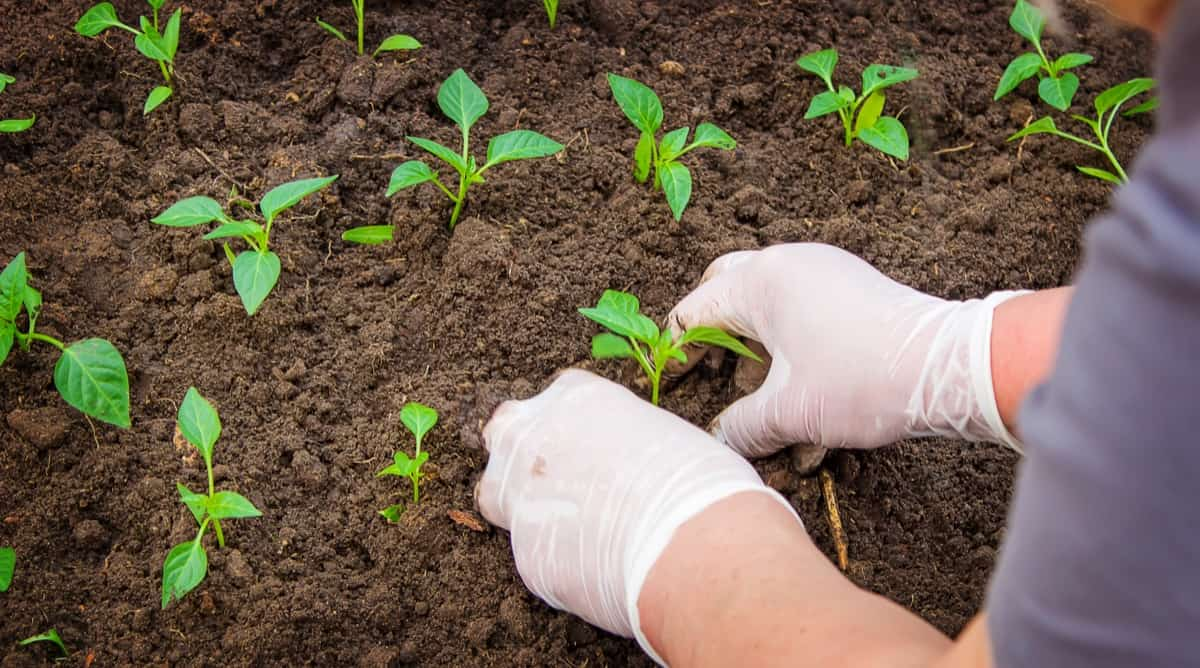
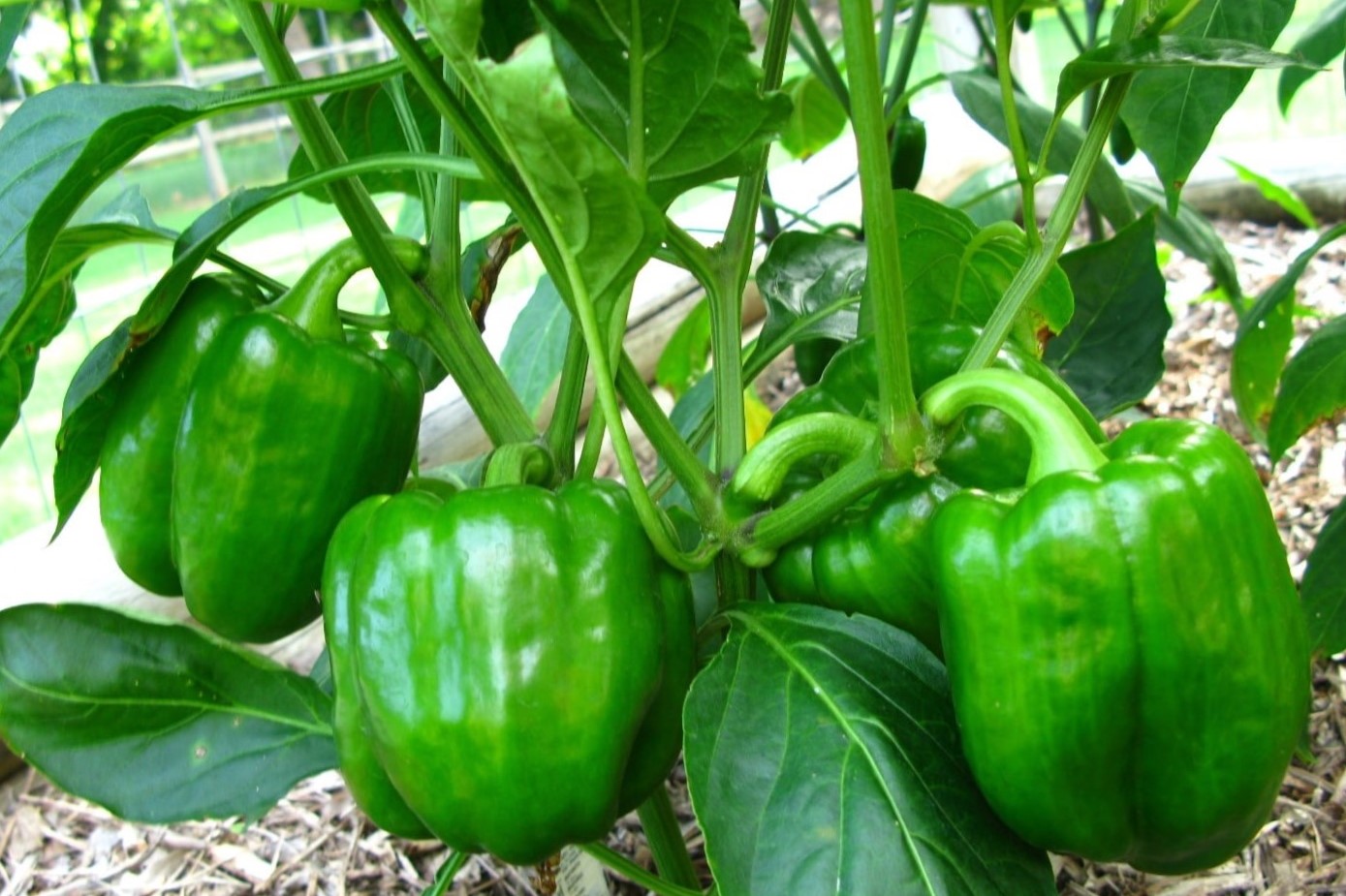
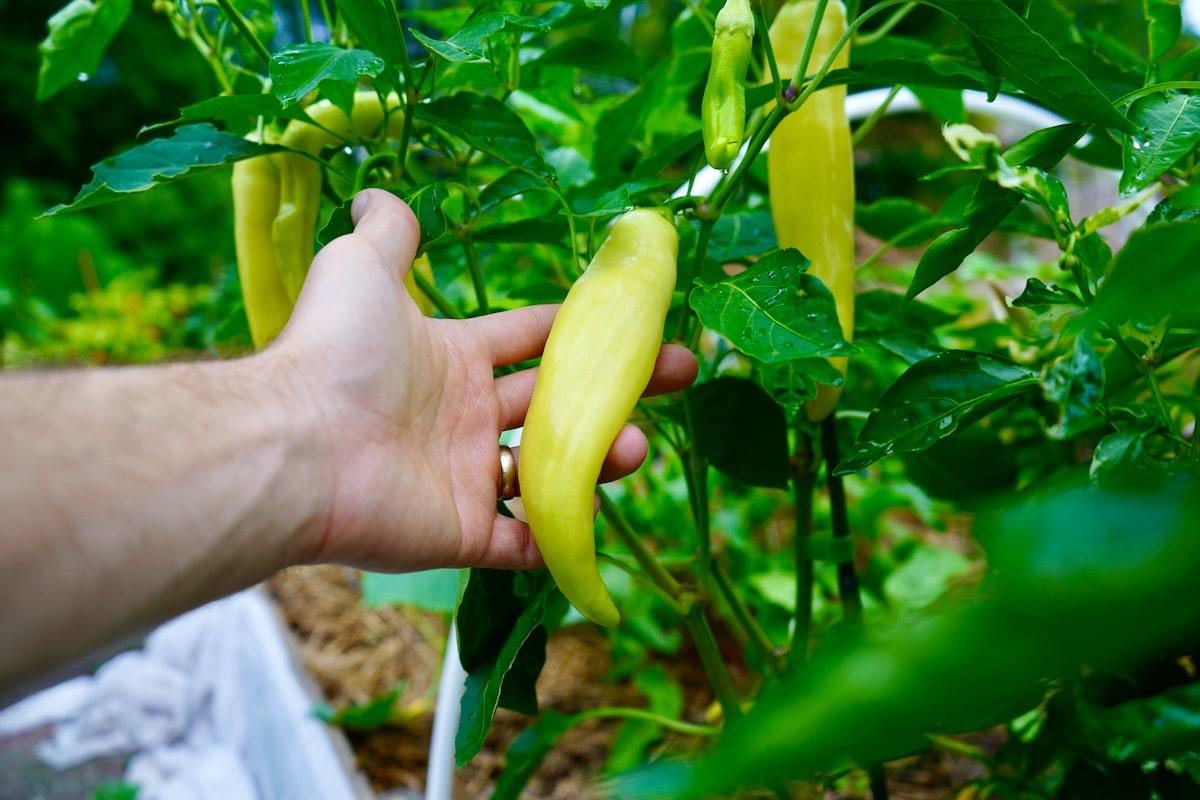
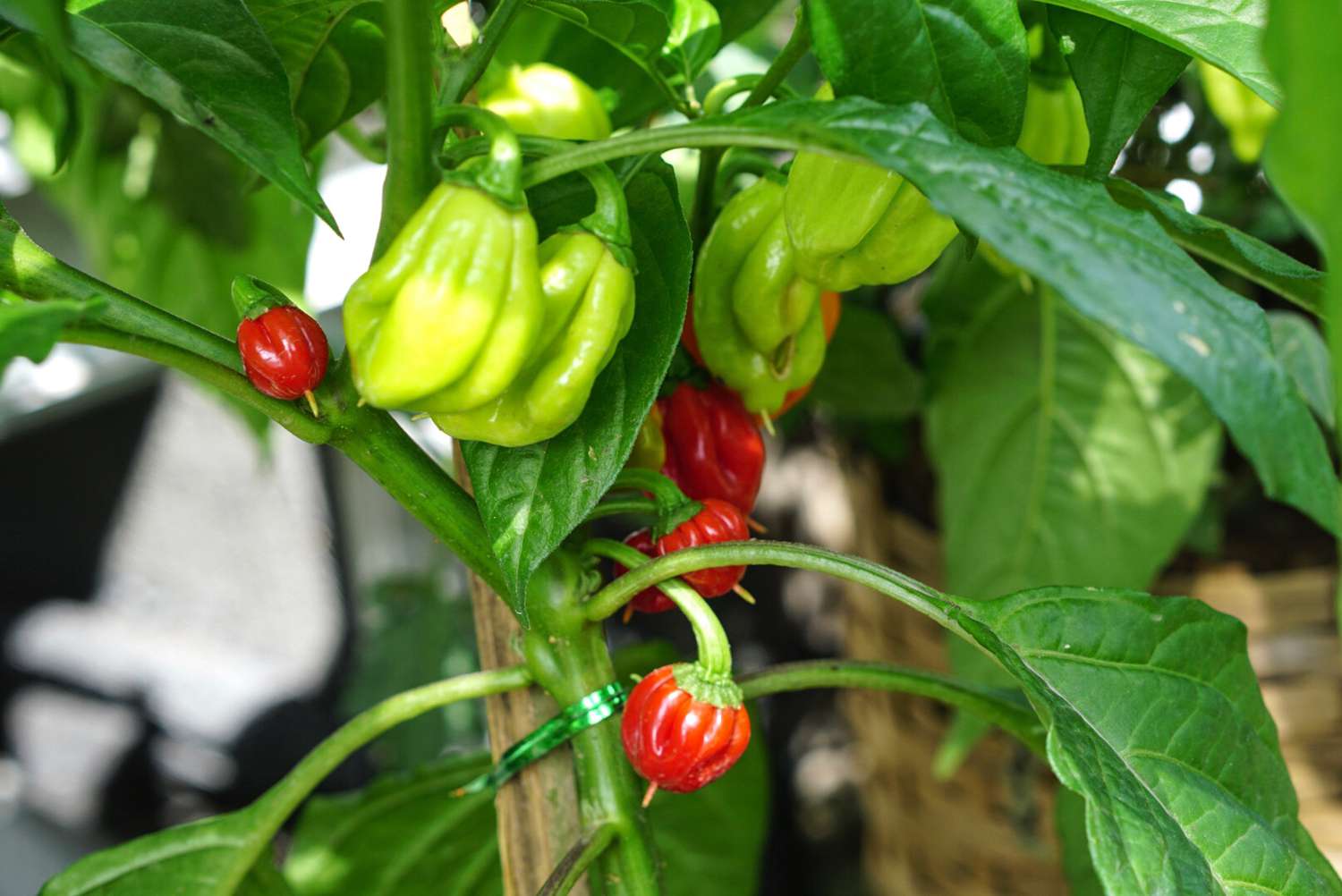
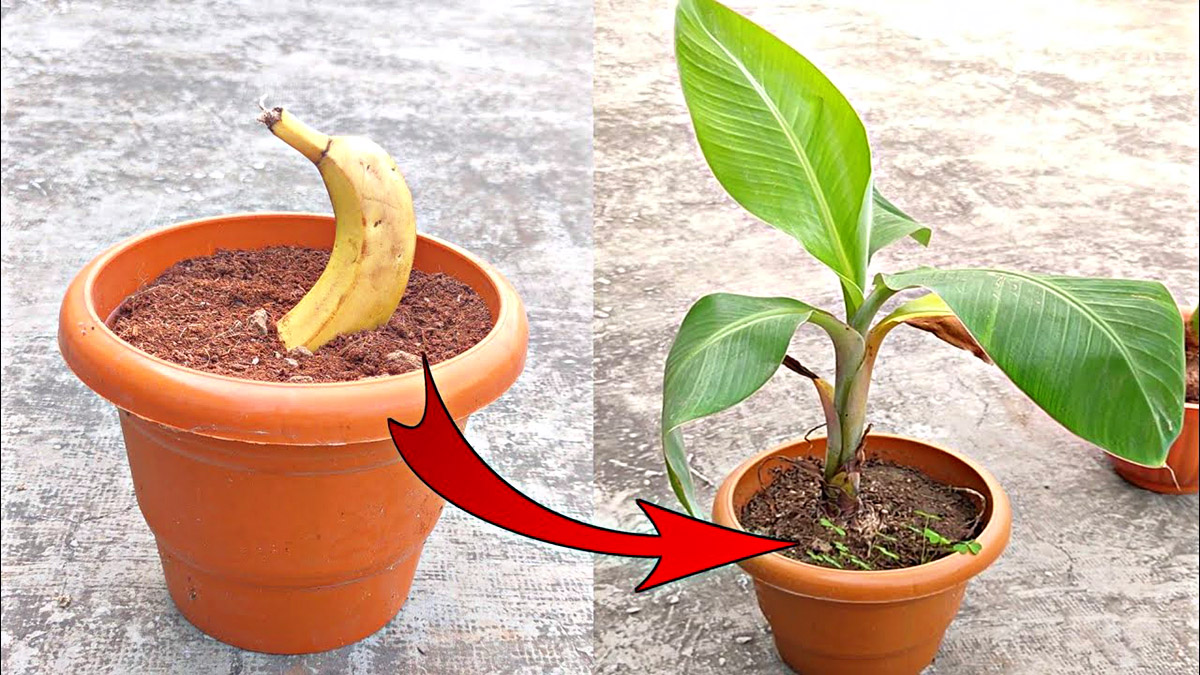









0 thoughts on “How To Grow Banana Peppers From Seeds”